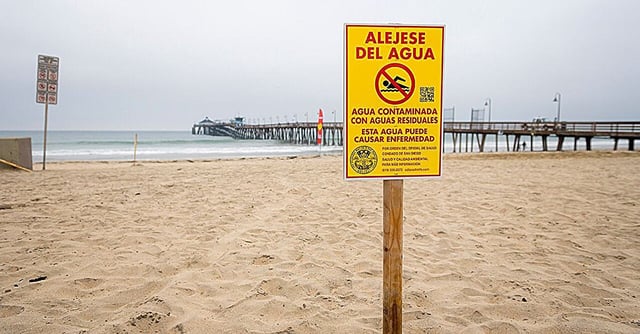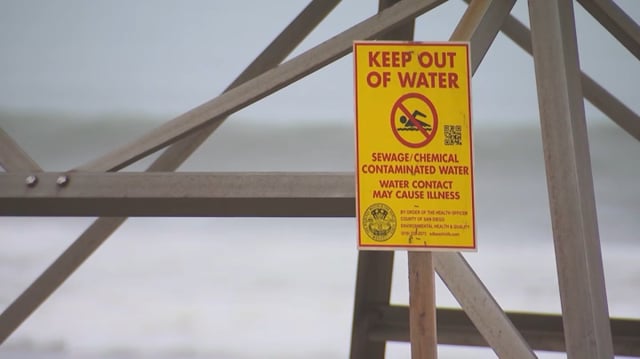Overview
- Developed by UC San Diego’s Scripps Institution of Oceanography, the Pathogen Forecast Model launched July 22 to simulate shoreline sewage concentrations from Playas Tijuana through Coronado using weather, tide, wave and river flow data.
- Model outputs have been validated against San Diego County’s daily pathogen monitoring, showing 82 percent accuracy in predicting advisory postings and a 0.54 correlation for fifth-day sewage concentrations.
- Hosted at pfmweb.ucsd.edu, the experimental model converts simulated sewage plumes into estimated illness risk for swimmers to guide beachgoing decisions.
- State funding of about $3 million, secured with support from State Sen. Steve Padilla and Rep. Scott Peters, financed the model’s development and additional coastline sensors.
- The research team plans to integrate norovirus infectiousness forecasts by summer 2026 to enhance risk assessments for ocean swimmers.

